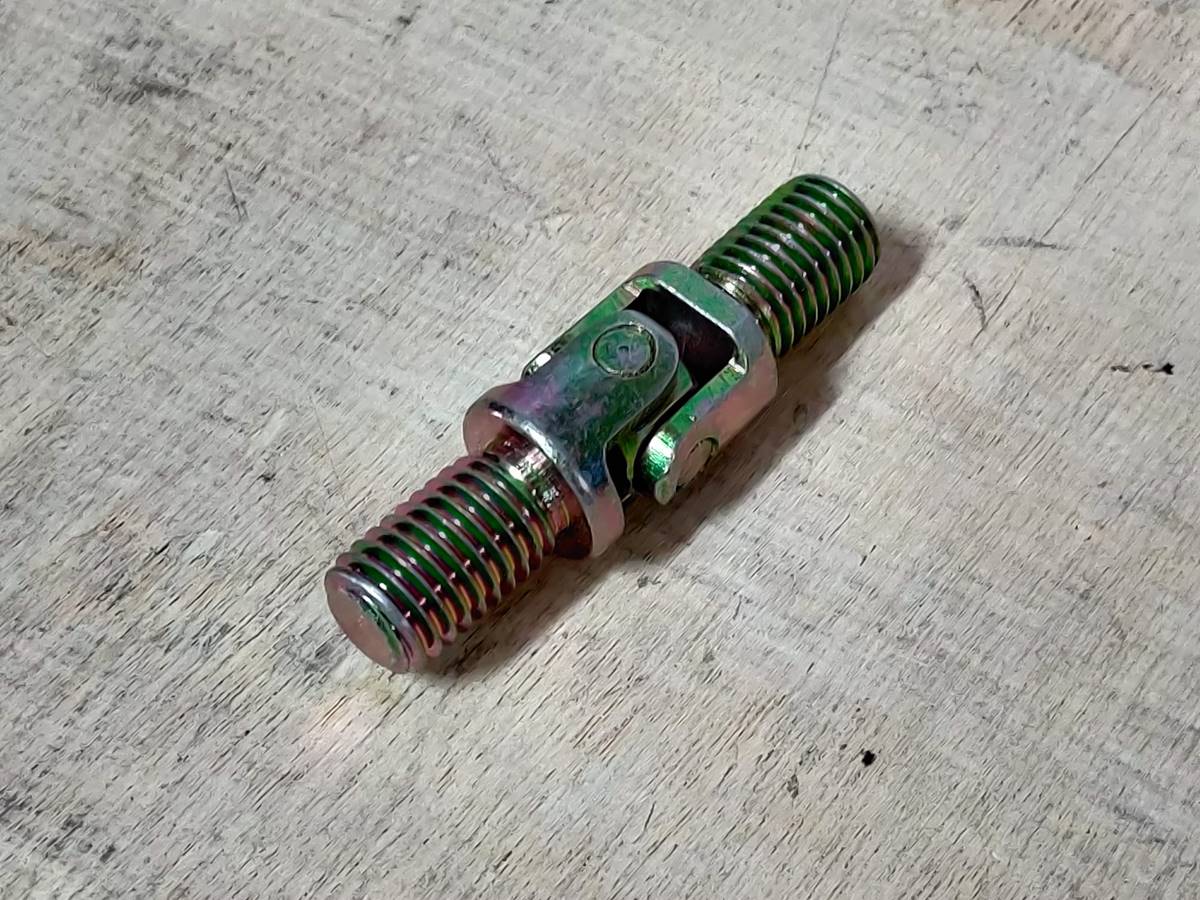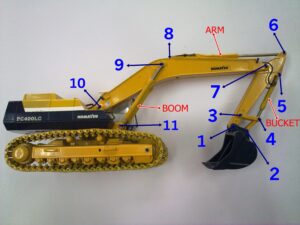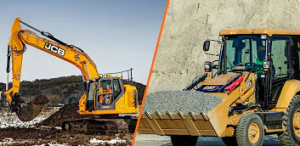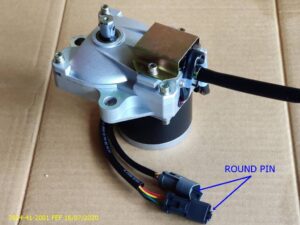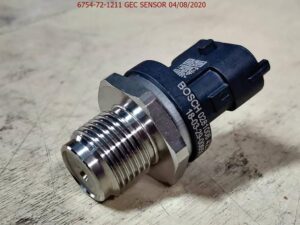The pilot valve joint on an excavator plays an important role in controlling hydraulic functions and ensuring smooth operation of the machine. Here are five key functions of the excavator pilot valve joint:
- Control Hydraulic Pressure: The pilot valve joint helps regulate the hydraulic pressure in the system. It ensures that pressure is directed to the right components of the excavator, allowing for controlled movement of the arm, boom, bucket, and other parts.
- Enable Precise Function Control: It provides fine control over various excavator movements, allowing the operator to perform tasks such as lifting, digging, and swinging with high precision. The pilot valve joint acts as the interface for pilot signals that trigger hydraulic responses.
- Flow Direction Regulation: The pilot valve joint plays a role in directing hydraulic fluid flow to specific actuators, such as cylinders or motors, based on the operator’s inputs, ensuring that the excavator operates efficiently.
- Safety Function: It acts as a safety mechanism by controlling the operation of the hydraulic system. In case of pressure fluctuations or malfunction, the pilot valve joint can isolate certain functions, preventing further damage to the system.
- Controlling Multi-Function Operations: Excavators often perform multi-function operations like simultaneous arm and bucket movements. The pilot valve joint allows the operator to manage multiple hydraulic functions at once, ensuring smooth, coordinated movements of different parts of the machine.
